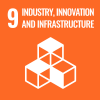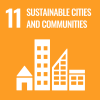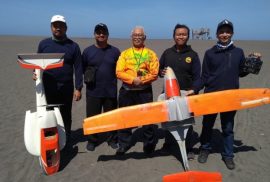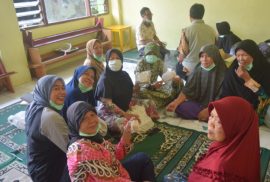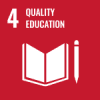
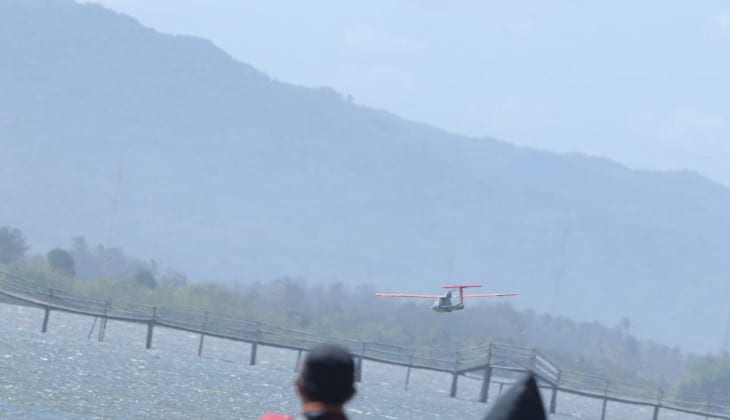
Universitas Gadjah Mada (UGM) researchers have developed an Unmanned Aerial Vehicle (UAV), Amphibi Gama V2. The fixed wing drone can take off and land on the water.
“This aircraft monitors and maps the conditions of active volcanoes in to support disaster response preparedness,” said team chairman, Dr. Tri Kuntoro Priyambodo, M.Sc., to journalists on Tuesday (16/7) during the UAV demo at Samas lagoon in Bantul.
Tri Kuntoro said the UAV Amphibi Gama V2 was the second generation following the UAV Gama UX 628. The idea came up when the team was taking aerial images to analyse flood potential and risk in Tanjung Selor, North Kalimantan. At that time the team found it difficult to find a long, flat enough area for take-off and landing.
“It was difficult to get a flat area for take-off and landing. The only possibility was to make use of standing water. From this we had an idea that the UAV ought to be able to take off and land on the water,” he said.
The UAV Amphibi then became a flexible tool to monitor various types of disasters, including floods, landslides, drought, fires, and storms.
The UAV can fly for 40 minutes to cover an area of 40 kilometer and a maximum altitude of 1,200 meter. It has a maximum speed of 25 meters per second, coverage speed of 13 meters per second and a minimum speed of 8 meters per second.
Amphibi Gama V2 has a length of 1,350 mm with a wing span of 2,000 mm. The body is made from composite material. The aircraft body is made using composite materials. The battery capacity is LiPo 11,000 mAh. The load capacity is 1.5 Kg and the maximum load for take-off is 6 Kg.
“The UAV is installed with sensors such as accelerometer, gyroscope, barometer, air speed, and GPS navigation system,” he explained.
A brushless motor is used with servo motor controls. It is also equipped with microprocessor and manual control which is a 2.4 Mhz remote and 433 Mhz telemetry.
“Besides, we add an autopilot system to the machine so it can fly independently to monitor and map the environment around the volcano,” he said.
Amphibi Gama V2 has been developed by Tri Kuntoro and other researchers at the Faculty of Mathematics and Natural Sciences UGM, Oktaf Agni Dhewa, S.Si., M.Cs., Nur Achmad Sulistyo Putro, S.Si., M.Cs., Ardi Puspa Kartika, S.Si., M.Cs., Faisal Fajri Rahani, S.Si., M.Cs., Prasetya Aditama, S.P., S.Si., and Faris Yusuf Baktiar, S.Si.
Earlier UAV products are flying wing type: Gama Tipe UX 328, Gama Tipe UX 528, Gama Tipe UX 628 as well as fixed wing types: Amphibi Gama V1.
“To support various needs, missions, and circumstances, we continue to develop materials for making the aircraft body and wings,” he concluded.
Source: https://ugm.ac.id/id/berita/18102-ugm-kembangkan-drone-amphibi-untuk-monitoring-kondisi-gunung-api
